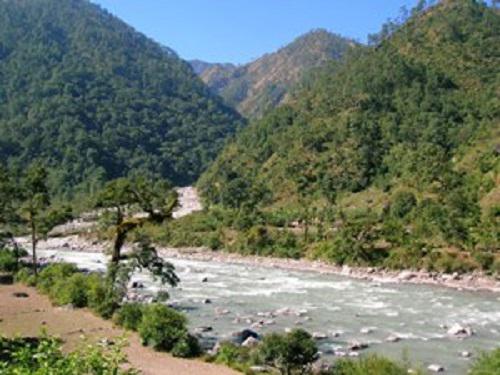Jeewan Singh Jalal
Other projects
21 Jul 2005
A Community Initiative for Orchid Conservation in Gori Valley, Western Himalaya, India
18 Dec 2007
Orchid Restoration through Peoples Involvement in Gori Valley of Western Himalaya in India
As Gori valley’s riverine forests border on the edge of extinction, it is crucial that we restore these habitats at least to see the precious orchid family defeat annihilation.

Landscape view of Gori Valley.
Gori valley is located in the easternmost part of the state Uttarakhand and is considered as one of the orchid hotspots of the western Himalayas. The moist riverine belt of this valley is essential for many of epiphytic orchids. The orchid habitat in the Gori valley has been ruthlessly fragmented due to human activities, the obvious nature-crimes being clear felling of riverine habitat for agricultural practices, fodder and fuel wood. Loss of riverine forests has increased isolation, decreased the size of remnant habitat and increased the amount of fragmentation. All of these may prove to serve up a platter of severe consequences for overall orchid diversity in the valley.

Head of the school is delivering conservation talk to the students
The riverine forests have traditionally played a key role in safeguarding many important orchid species and provide suitable habitats to them. To protect the orchid habitat it is very important to restore the fragmented riverine habitat so that the orchid population can survive longer. Secondly, plantation of suitable host species is imperative because most of the host species are either very old or on the verge of felling. Therefore, this project aims at the restoration of orchid habitat and the plantation of suitable host trees through empowerment of local community by equipping them in every way possible to take responsibility of proper management of their natural resources for extensive and sustainable utilization.